Kailash Parikrama — The Loop That Rearranges Your Soul
Kailash Parikrama is the walk that rearranges your soul. There are treks and pilgrimages. And then there’s the Kailash Parikrama — a walk around a mountain that somehow ends up walking around you.
Many kilometers circling a peak no one climbs… a journey that feels less like exertion and more like an initiation.
Let’s break down the myth, madness, beauty, and bruises of this legendary loop.
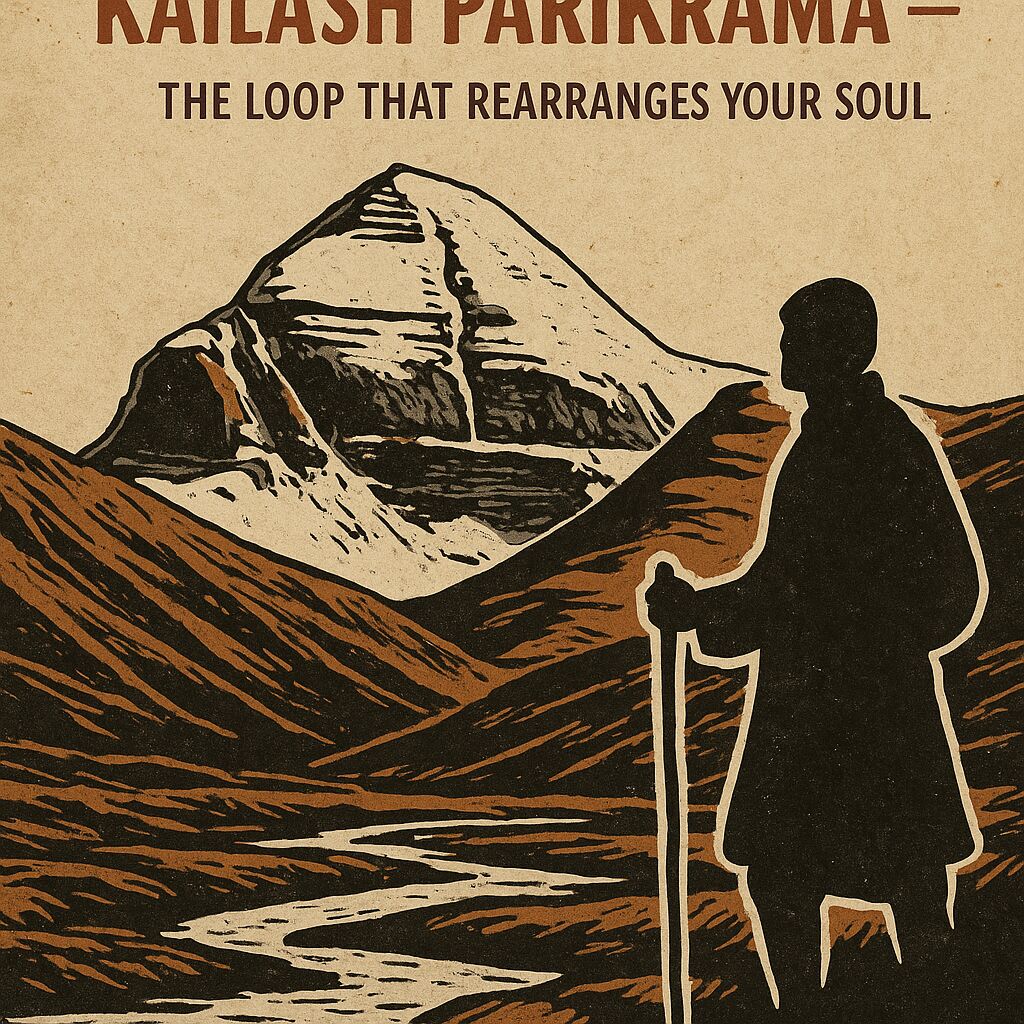 Why People Do the Kailash Parikrama
Why People Do the Kailash Parikrama
Because tradition says:
- Hindus: Wipes out the sins of a lifetime.
- Buddhists: One Kailash Parikrama = merit equivalent to a rebirth cycle.
- Jains: Honors the liberation of Rishabhdev.
- Bon Po: Do the same route clockwise → anti-clockwise → both ways → or just laugh at our linear logic.
But beyond religious math, something else happens.
Every pilgrim describes the same thing: “Somewhere between the cold, the altitude, and the silence… something inside me broke. And then something else was born.”
That’s the real Kailash Parikrama.
The Three-Day Kailash Parikrama Route Explained
Day 1: Darchen → Dirapuk (12 km)
Altitude rises gently. Your lungs lodge formal complaints. And then, suddenly, the north face of Kailash erupts in front of you like a frozen deity.
People cry here. Nobody pretends not to.
Day 2: Dirapuk → Dolma La Pass → Zutulpuk (22 km)
This is the boss level.
- Steep climb
- Oxygen shortage
- Wind that wants to file a police case against you
At Dolma La (5,630 m), the pass is festooned with prayer flags. The spot is sacred to Tara Devi, the Buddhist mother of compassion. This is where people shed old emotions: photos, hair strands, regrets… memories that were too heavy to carry.
A steep descent follows to Gauri Kund — Devi Parvati’s lake of compassion.
Day 3: Zutulpuk → Darchen (14 km)
Flat walk. Sunrise glowing behind the cliffs.
A quiet victory lap through the valley of remembrance.
You feel lighter.
Physically? No.
Spiritually? Yes.
Existentially? Definitely.
Not Doing the Kailash Parikrama? No Problem.
Even a darshan-only trip (just seeing the mountain from Darchen or Mansarovar) is considered sacred. Plenty of seniors, low-fitness travelers, or people with medical constraints do only the outer kora by vehicle.
Same blessing.
Fewer blisters.
 When to Do the Kailash Parikrama
When to Do the Kailash Parikrama
May–September
Clear skies, manageable temperatures, fewer snow hazards. Outside these months, the pass becomes the Himalaya’s version of “Access Denied.”
What Happens Inside People?
Travelers describe:
- Dreams exploding with colour
- Sudden silence inside their thoughts
- Unexplainable calm
- Grief dissolving
- Anger evaporating
- A sense of “someone is watching me — and they’re kind”
The mountain doesn’t speak, but somehow it answers.
Who Should NOT Do the Kailash Parikrama
- Anyone with heart conditions
- Chronic asthma
- Uncontrolled BP
- Heavy smokers
- Those who faint when the wifi is weak
Seriously — altitude kills arrogance.
The Kailash Parikrama Summary
It’s hard.
>It’s cold.
>It’s exhausting.
>It’s humbling.
>It’s sacred.
For many, it’s the moment their life gets divided into Before Kailash and After Kailash.
Don’t trip on the usual. This is the unusual at 18,000 feet.
Here is some more information on the journey to Kailash-Mansarovar: Where Heaven Keeps Its Address Public


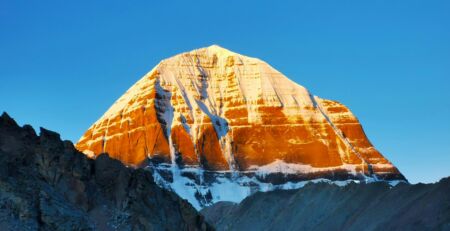
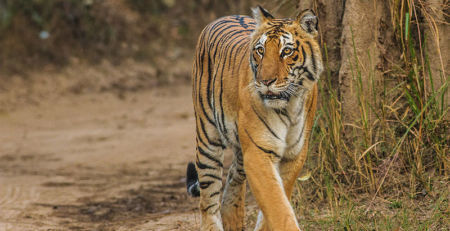
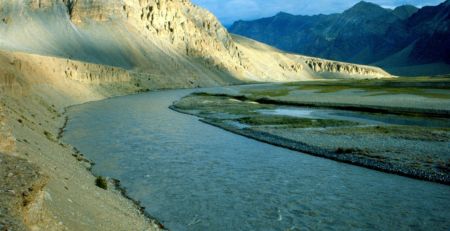
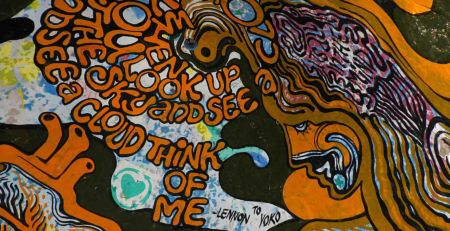
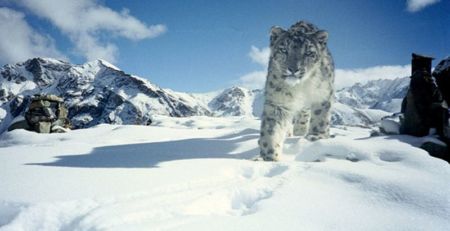
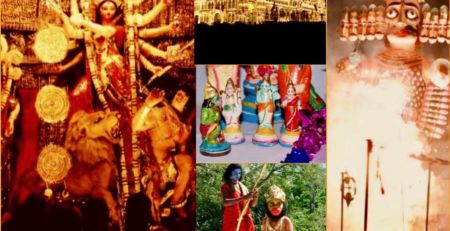

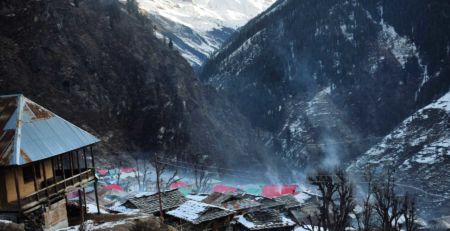

Leave a Reply